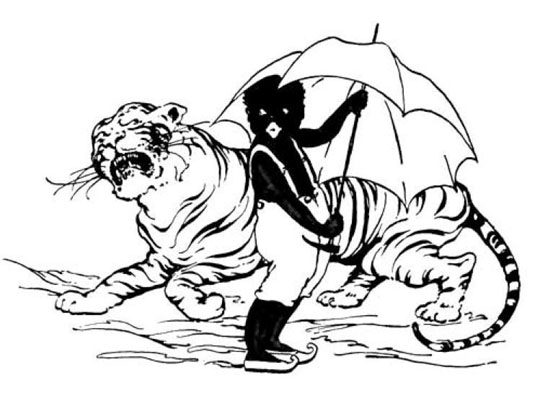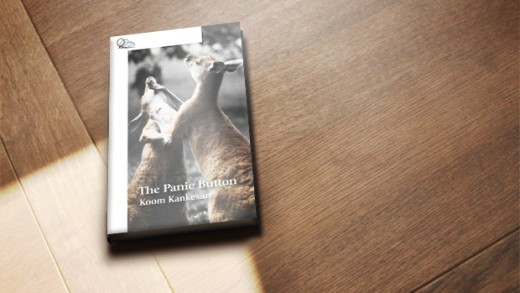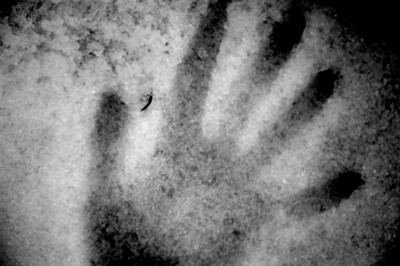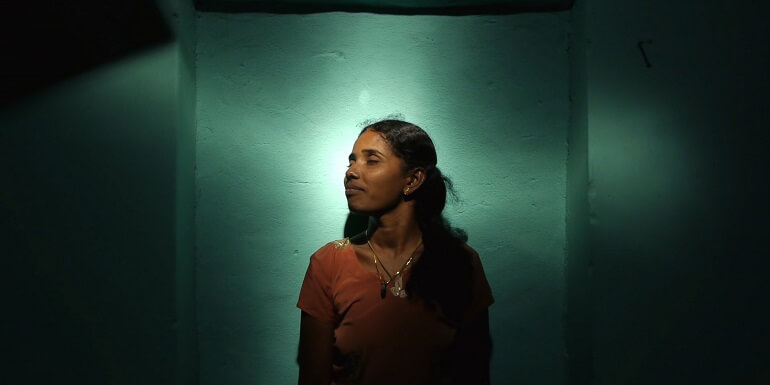January is Tamil Heritage Month. To mark this occasion, TamilCulture Magazine will publish a series of articles on Tamil history and heritage. Today’s article reflects on “Little Black Sambo”, a children’s book by Scottish writer Helen Bannerman.
A facet that amazes me is just how quickly the Tamil community in Canada has been established over the past quarter-century. Canada is home to numerous Tamil organizations, Tamil media and Tamils in various professions. This may be due in part to the mentality of the community when it comes to working hard to achieve goals, especially ones that were not attainable back in our respective countries of origin.
Then I wonder if this amazing growth would have been possible had there been a massive Tamil migration decades earlier. Would it have been possible for Tamils to be as successful as they are today if their arrival to Canada had occurred earlier in the 20th century?
One of the main differences between the period during which Tamils immigrated and earlier periods is that North American society has evolved to become more tolerant and accepting of people of all races and cultures. One would not have to look far to prove otherwise. Common examples include the segregation of African-Americans in the Jim Crow era and the internment of Japanese-Americans and Japanese-Canadians during the Second World War. Would Tamils have faced similar hardships had they immigrated en masse during these times?
I believe that Tamils would have indeed suffered hardships similar to black Americans due to Little Black Sambo, a 19th century children’s book. This story allegedly taught children that blacks were inferior. Now, how does this book relate to the Tamils? Simple…the book is actually about a Tamil child and not a black child!
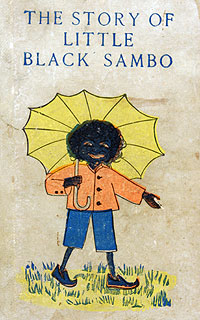
Little Black Sambo was the first children’s book ever written by Helen Bannerman, a Scottish woman who lived in Madras for 32 years. The story is about a humble Tamil boy named Sambo who is bullied by a group of Indian tigers and has his clothes stolen. However, he later wins his clothes back by pitting the tigers against each other, which later melt to butter that Sambo then takes home and eats atop pancakes (a little odd, but it’s children’s fiction!)
The story Little Black Sambo was written during a long train voyage in 1898 for Bannerman’s daughters and published in 1899. The name Sambo itself is a variation of Shambho, a name derived from Hinduism for the Lord Shiva. Bannerman also drew the illustrations, thereby visually depicting Sambo.
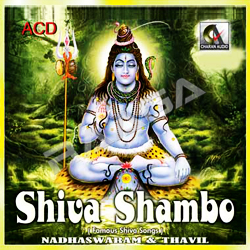
Little Black Sambo portrayed the industriousness of the South Indian people. Sambo’s mother Mumbo cooked and sewed while his father Jumbo was a respectable working man. The family valued the English language, speaking it with a high level of articulation . In this sense, Bannerman wrote what she thought reflected this society. Although they were dark-skinned, they were hard working and intelligent. The story was well-intentioned and all of its content was not negative in its portrayal. (Mumbo and Jumbo actually were kind hearted words until their misinterpretation subsequent to the publication of this book.)
This is where the divide between the Old World and the New World occurs. Bannerman never permitted reproduction of her story officially, but segments of it had arrived to other parts of the world. In the early 1900s, a pirated version of Little Black Sambo had reached America. Here, Sambo’s dark complexion immediately associates him with black Americans. The name Sambo also had a different meaning in the Americas; it is derived Spanish word zambo for someone who is of black and mulatto lineage. Although the original story was not intended to have negative connotations, Sambo is redefined, inheriting the negative stereotypes of African-Americans during this era as lazy, inarticulate, and not able-minded.
Although the role of Sambo as a hero is maintained in the pirated version, Little Black Sambo fuelled the ignorance of white children towards their black counterparts in America in that era. Despite being removed from shelves in the 1930s, the misconceptions lingered on. A cartoon of the book was made in 1935 and the Sambo character was used in what are now banned Bugs Bunny cartoons in the 1940s . All associations of the book related to blackface, a form of entertainment that demeaned African-Americans for amusement.
Now, all of the negative connotations associated with Little Black Sambo were accidental. Bannerman had no intention of stigmatizing any ethnic group with her book. Nor was she ever exposed to this mentality in America. Sambo himself represented his parents and by extension the South Indian people’s qualities of love, skilfulness and industry. The reaction towards the book was due to misconceptions.
Had Tamils been in significant numbers in the Americas during this time, we too would have been equally stigmatized for our association with Sambo. Sure, we now know that it is a misconception. However, this has led to the fear and the hostility that the blacks Americans underwent over the course of the 20th century. Their treatment can never be truly righteous because of their scarred history and the battles underwent to better their situation. The Tamils back then would have equally succumbed to this same battle due to misconception and the contributions of Little Black Sambo.

The main message to extract here is that we as Tamils should not take our treatment in Canada for granted. We have been invited to embody Canadian values and utilize Canada’s resources and opportunities to the same extent as any other Canadian. We have the right to retain our culture, language and traditions without the stigmatization and fear that so many others underwent due to Little Black Sambo.
Most importantly, we are treated with respect. Had we arrived decades earlier, our fate would not be as prosperous. Do not take your life for granted; you actually have it a lot better than you think.

 Alex Gunaseelan
Alex Gunaseelan